Best Shoes for Kids with Polio – Extra Deep and Supportive

Some children who had polio usually deal with a lot of problems with their feet at some point of their lives. For example, many people who contracted polio as a growing child may have one leg or foot that is shorter and smaller than the other. This means that they have to wear different shoe sizes on each foot. Other common signs are high arches, rolled ankles, hammertoes, muscle weakness, and stability problems.
The good news is that the correct types of shoes can help treat these problems successfully. Keep in mind that depending on the degree of your child’s foot condition, an orthotic might be required as well. For example, if your child has high arches or rolled ankles a pair of orthotics will provide extra cushioning, support, and stability.
After being contacted by several polio survivors I decided to create this resource to help them better visualize what shoes will work best for their feet.
What Makes the Shoes I Recommend Ideal for Kids with Polio?
- In-Depth Shoe: Shoes that provide extra depth help accommodate high arches as well as orthotic devices. Take a look at the image below to visualize the difference between a shoe that provides extra depth and one that doesn’t. Keep in mind that these shoes are the same length and width, they simply provide very different levels of depth. Do you notice how the shoe on the right is a lot deeper compared to the shoe on the left?
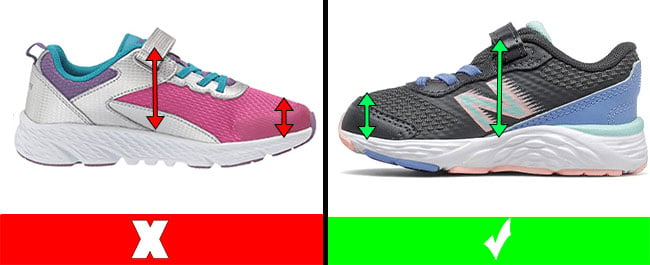
Now let’s say you need to fit an orthotic inside your kids’ shoes to support their feet. The deeper the orthotic fits inside of the shoes, the more comfortable your kids’ feet will feel. Let’s take a look at an image of two shoes with orthotics to better visualize the importance of wearing shoes that provide extra depth. Do you notice how the orthotic inside the shoe on the right is fitting a lot deeper compared to the shoe on the left?

- Substantial Outsole: This feature helps support the feet by providing shock absorption. Take a look at the image below to visualize how a shoe with a substantial outsole looks like:
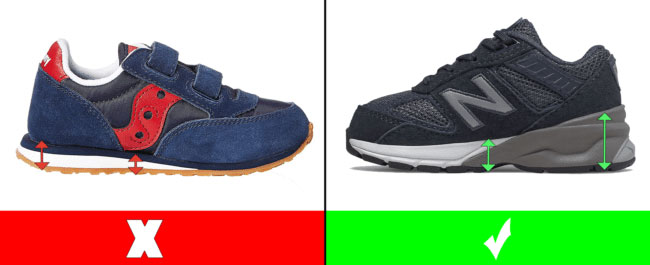
- Rigid Heel Counter:The heel counter is the back part of the shoe that fits around the heel. A firm heel counter helps support the heels and prevents them from rolling inwards or outwards. Take a look at the image below for better visualization purposes:

- Round Toe-Box: This feature helps prevent putting pressure on your kids’ hammertoes. Shoes with round toe-boxes also help prevent the toes from overlapping or rubbing against one another. Take a look at the image below for better visualization purposes:

- Removable Insoles: It’s important that the shoes come with removable insoles as this will allow extra space in case you need to fit a pair of orthotics.
How to Select the Correct Shoe Shape and Length
If you have foot problems, it is important to have a professional shoe fitter help you retrieve the right fit. I have been helping families get their right size (length and width) of their feet for many years. It’s important to understand that shoe sizes vary by style and manufacturer. You can have your feet measured, but this only gives you a guideline for what size to start with.
I suggest that you take a look at a resource I created where I describe the most effective and accurate way to determine your child’s foot shape and length from home.
Shoe Modifications for Polio Survivors
- Extension: If your child is dealing with leg length discrepancy, an extension can be built onto the outsole of the shoe to even out the leg length and to help the child walk better.
- Extra Cushion Around the Heel: Shock absorbing material can be added around the heel to provide extra support for the heels.
Where Can you Get Shoe Modifications for Your Child’s Shoes?
I suggest that you visit a pedorthist, your local specialty shoe store or shoe repair people. A shoemaker tends to focus more on repairs but sometimes can do modifications.
What Are the Best Shoes for Kids with Polio?
Below you can find a list of shoes that provide all of the features that I mentioned before. Keep in mind that all of the shoes that I recommend are available in different widths such as medium (M), wide (W), and extra wide (XW). Disclosure: Some links in this post may be affiliate links and we may receive a small commission (at no extra cost to you) when you click our links and make purchases. This allows us to create free content and resources for many families around the world.
- The New Balance shoe style 990V6 is available for toddlers, little, and big kids
- Available in laces and velcro
- Fits children with medium, wide, or extra wide feet
- Suede/mesh upper provides durability and breathability
- Order this shoe half a size larger than your toddler’s current foot size
- The New Balance shoe style 990V6 is available for toddlers, little, and big kids
- Available in laces and velcro
- Fits children with medium, wide, or extra wide feet
- Synthetic/mesh upper provides durability and breathability
- Order this shoe half a size larger than your toddler’s current foot size
- The Stride Rite shoe style Elliot is available for toddlers
- Lace-up closure
- Fits toddlers with medium, wide, or extra wide feet
- 100% leather made
- Order this shoe half a size larger than your toddler’s current foot size
- The Stride Rite shoe style Emilia is available for toddlers
- Lace-up closure
- Fits toddlers with medium, wide, or extra wide feet
- 100% leather made
- Order this shoe a whole size larger than your toddler’s current foot size
- The Timberland shoe style Tracks is available for toddlers
- Double velcro straps
- Fits toddlers with medium or wide feet
- Water-friendly
- Order this shoe a whole size larger than your toddler’s current foot size
- The New Balance shoe style 574 is available for toddlers
- Available in velcro and laces
- Fits children with medium, wide, or extra wide feet
- Synthetic/mesh upper provides durability and breathability
- Order this shoe a whole size larger than your toddler’s current foot size
- The New Balance shoe style 990V6 is available for toddlers, little, and big kids
- Available in velcro and laces
- Fits children with medium, wide, or extra wide feet
- Synthetic/mesh upper provides durability and breathability
- Order this shoe a half size larger than your toddler’s current foot size
- The Memo shoe style Gabi is available for toddlers and little kids
- Double velcro straps
- Fits children with medium or wide feet
- Genuine leather and breathable mesh
- Thermoplastic asymmetric stiff heel counter for proper feet protection and stabilization
- Order this shoe half a size larger than your toddler’s current foot size
- The Memo shoe style Gabi is available for toddlers and little kids
- Double velcro straps
- Fits children with medium or wide feet
- Genuine leather and breathable mesh
- Thermoplastic asymmetric stiff heel counter for proper feet protection and stabilization
- Order this shoe half a size larger than your toddler’s current foot size
- The Saucony shoe style Cohesion is available for toddlers
- Velcro closure
- Fits toddlers with medium or wide feet
- Heel grid system for stable cushioning
- Compression molded EVA footbed for comfort
- Order this shoe a whole size larger than your toddler’s current foot size
- The Timberland shoe style Bootie fits toddlers and little kids
- Double velcro straps
- Fits children with medium or wide feet
- Padded collar for a comfortable fit around the ankle
- Water-friendly
- Order this shoe a whole size larger than your toddler’s current foot size
- The Memo shoe style Princessa fits toddlers and little kids
- Double velcro straps
- Fits children with medium or wide feet
- This is an ORTHOPEDIC shoe
- Rigid heel counter
- Order this shoe half a size larger than your toddler’s current foot size
- The Saucony shoe style Cohesion KDZ is available for little and big kids
- Velcro closure
- Fits children with medium and wide feet
- Heel grid system for stable cushioning
- Compression molded EVA footbed for comfort
- Order this shoe a half size larger than your child’s current foot size
- The Saucony shoe style Cohesion KDZ is available for little and big kids
- Velcro closure
- Fits children with medium and wide feet
- Synthetic and mesh upper
- Heel grid system for stable cushioning
- Order this shoe half a size larger than your child’s current foot size
- The New Balance shoe style Fresh Foam 650 is available for little and big kids
- Fits children with medium, wide, or extra wide feet
- Velcro closure
- ABZORB midsole absorbs impact through a combination of cushioning and compression resistance
- Mesh upper material features no-sew overlays for a sleek fit and feel
- Order this shoe half a size larger than your child’s current foot size
- The New Balance shoe style Fresh Foam Arishi v4 is available for little and big kids
- Fits children with medium, wide, or extra wide feet
- Velcro closure
- ABZORB midsole absorbs impact through a combination of cushioning and compression resistance
- Mesh upper material features no-sew overlays for a sleek fit and feel
- Order this shoe half a size larger than your child’s current foot size
- The New Balance shoe style 2002 is available for toddlers and little kids
- Available in laces
- Fits children with medium and wide feet
- Suede/mesh upper provides durability and breathability
- Order this shoe half a size larger than your toddler’s current foot size
- The New Balance shoe style 2002 is available for toddlers and little kids
- Available in laces
- Fits children with medium and wide feet
- Suede/mesh upper provides durability and breathability
- Order this shoe half a size larger than your toddler’s current foot size
- The New Balance shoe style Fresh Foam 650 is available for little and big kids
- Fits children with medium, wide, or extra wide feet
- Velcro closure
- Synthetic and engineered mesh upper
- Fresh Foam midsole cushioning is precision engineered to deliver an ultra-cushioned, lightweight ride
- Order this shoe a half size larger than your child’s current foot size
- The Memo shoe style Polo is available for little and big kids
- Triple velcro straps
- Fits children with medium or wide feet
- This is an orthopedic shoe
- Thermoplastic rigid heel counter
- Order this shoe a half size larger than your child’s current foot size
- The Memo shoe style Chicago is available for little and big kids
- Triple velcro straps
- Fits children with medium or wide feet
- This is an orthopedic shoe
- Thermoplastic rigid heel counter
- Order this shoe a half size larger than your child’s current foot size
- The New Balance shoe style Coco is available for little and big kids
- Lace-up closure
- Fits children with medium or wide feet
- NDurance rubber outsole technology provides superior durability in high-wear areas to help get more out of the shoes
- Order this shoe a half size larger than your child’s current foot size
- The Adidas shoe style Own the Game 2.0 is available for little and big kids
- Lace-up closure
- Fits children with medium or wide feet
- Supportive outsoles and firm heel counter
- Order this shoe a half size larger than your child’s current foot size
- The Adidas shoe style Cross Em Up Select is available for little kids
- Lace-up closure
- Fits children with medium or wide feet
- Non-marking outsole
- Order this shoe a whole larger than your child’s current foot size
- The Saucony shoe style Kinvara LTT is available for little and big kids
- Lace-up closure
- Fits children with medium or wide feet
- Cushioned footbed
- Order this shoe a whole size larger than your child’s current foot size
- The Saucony shoe style Shadow 6000 is available for little and big kids
- Lace-up closure
- Fits children with medium or wide feet
- Cushioned footbed
- Order this shoe half a size larger than your child’s current foot size
- The New Balance shoe style 574 is available for little and big kids
- Lace-up closure
- Fits children with medium or wide feet
- ENCAP midsole cushioning provides good arch and heel support
- Order this shoe half a size larger than your child’s current foot size
- The New Balance shoe style 327 is available for little and big kids
- Lace-up closure
- Fits children with medium or wide feet
- Suede and mesh upper
- Order this shoe a whole size larger than your child’s current foot size
- The New Balance shoe style Fresh Foam X 1080v13 is available for big kids
- Lace-up closure
- Fits children with medium or wide feet
- Suede and mesh upper
- Order this shoe half a size larger than your child’s current foot size
- The New Balance shoe style Fresh Foam X 1080v13 is available for big kids
- Lace-up closure
- Fits children with medium or wide feet
- Suede and mesh upper
- Order this shoe half a size larger than your child’s current foot size
Make sure that your child’s shoes are properly tied at all times or that the velcro straps are pulled comfortably tight, as that is the only way that your child will get the full support and stability that the shoes have to offer.
Looking for Other Shoe Recommendations? – Get a Personalized Suggestion
If you are having trouble finding a different pair of shoes for your child you can contact me directly at my e-mail:
Where Can You Find Single/Mismatched Shoe Services?
Even things like finding mismatched footwear require significant effort for someone with polio. If you visit your local shoe store and ask for shoes of two different sizes, you will be advised to buy two pairs of shoes. For many families, this is simply not an option from a financial point of view.
The companies below will allow you to buy two different shoe sizes for the price of one. If you need two different sizes all you need to do is pick out the pair of shoes you like and only pay for two shoes, each one a different size. Keep in mind that to qualify for these programs some companies require that the shoe sizes must be at least one and a half size different, at least one size and one width different, or two widths different.
- Nordstrom
- Markell
- Zappos
- Healthy Feet Store
- Odd Shoe Finder
My Final Thoughts
Each experience with this disease is different. Some children have to go through years of physical limitations and rehabilitation. The correct types of shoes and orthotics can help improve your child’s foot posture and stability by supporting the weak muscles.
Providing your child with shoes that don’t fit or that don’t provide the correct amount of support can only aggravate your child’s foot or leg condition. Do not hesitate to contact me if you are having trouble finding a pair of sandals, boots or dress shoes for your child. I will be happy to help you find them!
It’s essential to consult with a healthcare professional or a podiatrist to get personalized recommendations based on the specific needs of the child with polio. They can provide guidance on the most suitable footwear for their individual condition.
Let me know in the comment section below if you have found a specific pair of shoes that worked well for your child. I am sure other families will greatly benefit from reading about your experiences.

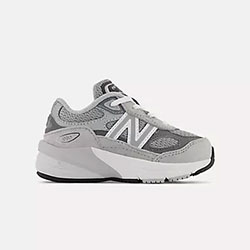

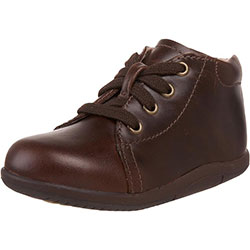

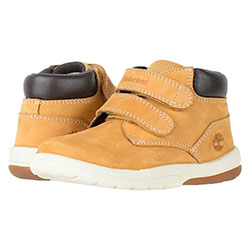
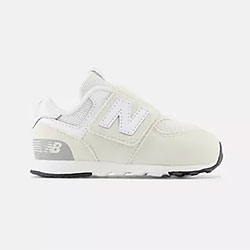
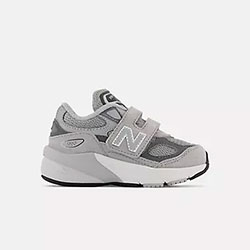

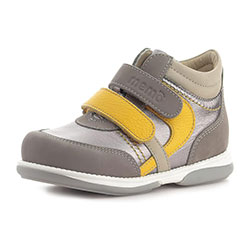
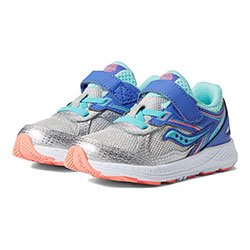
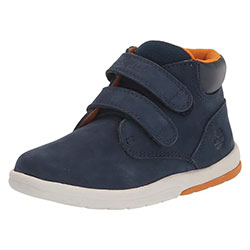
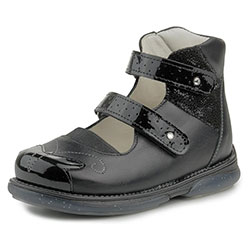




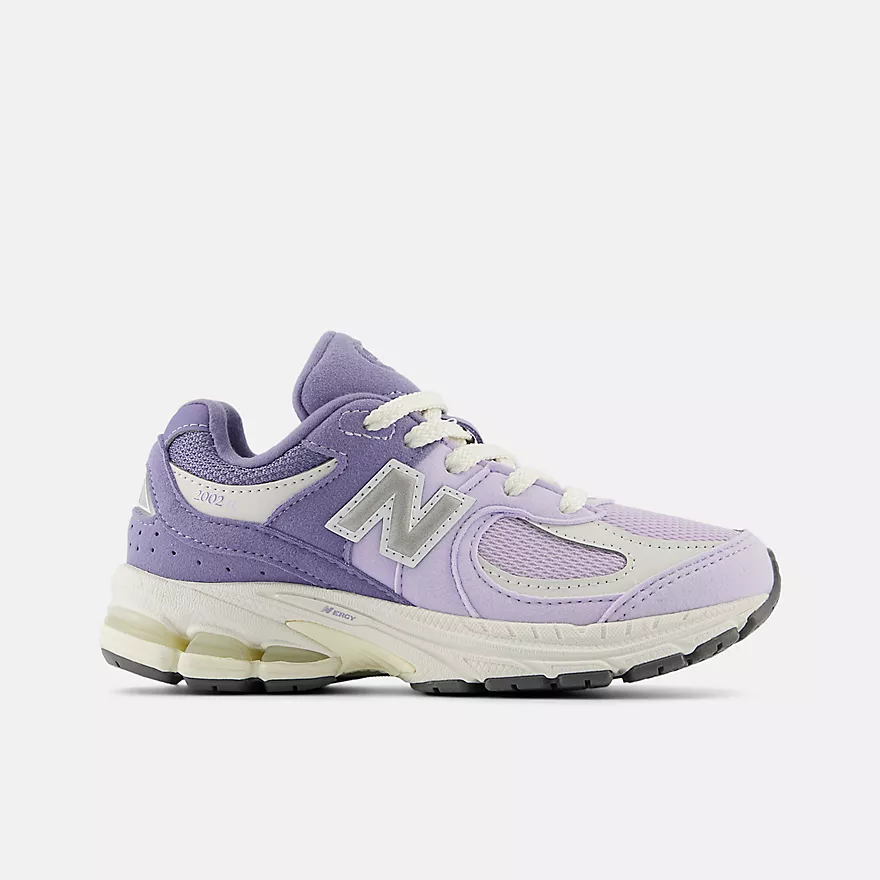
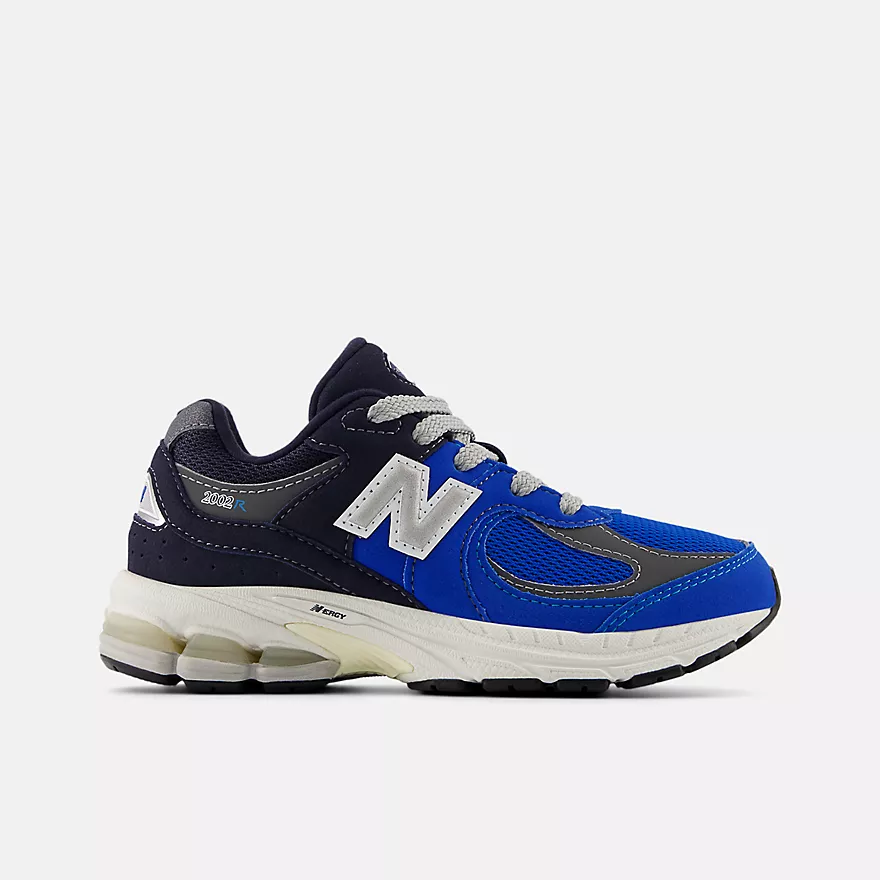

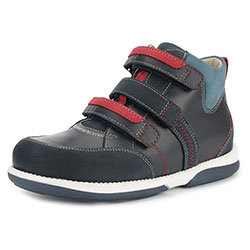
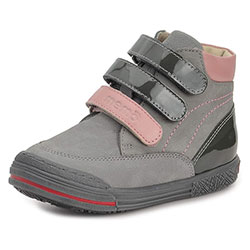
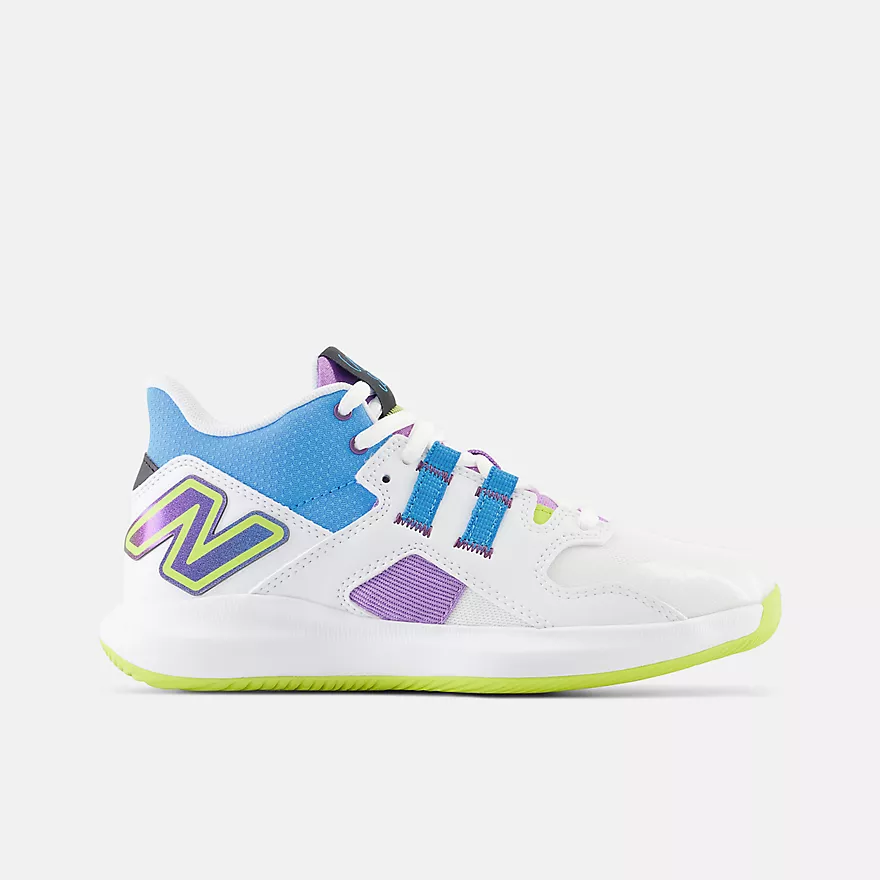
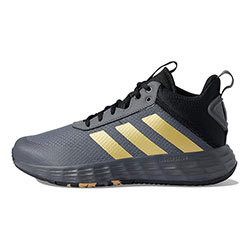
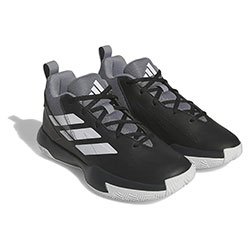








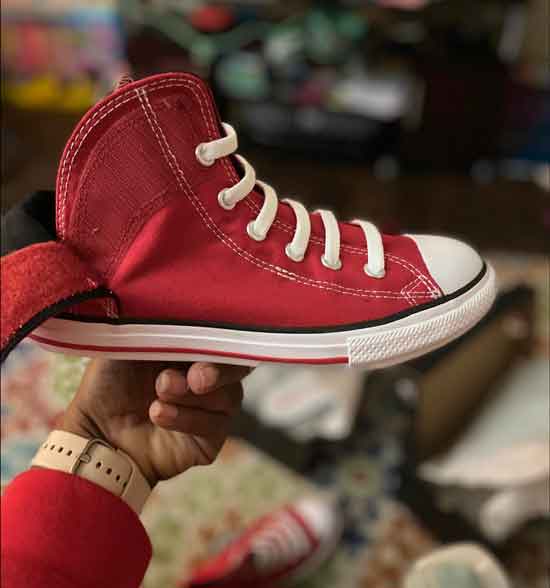
This is very helpful. I have had 7 surgeries to treat my bilateral club foot. Not only are my feet extremely small as a result, but they are also different sizes and widths to accommodate an AFO. I found another company that will sell you different sizes and widths of shoes. These help all to be independent because they use the concept of Universal Design. While they are not designed for those with challenges, they do accommodate for them. The company is called Billy Footwear https://billyfootwear.com/. I highly recommend them.
Hello Sarah,
Thank you for sharing! I am sure many families will benefit from learning about Billy shoes.